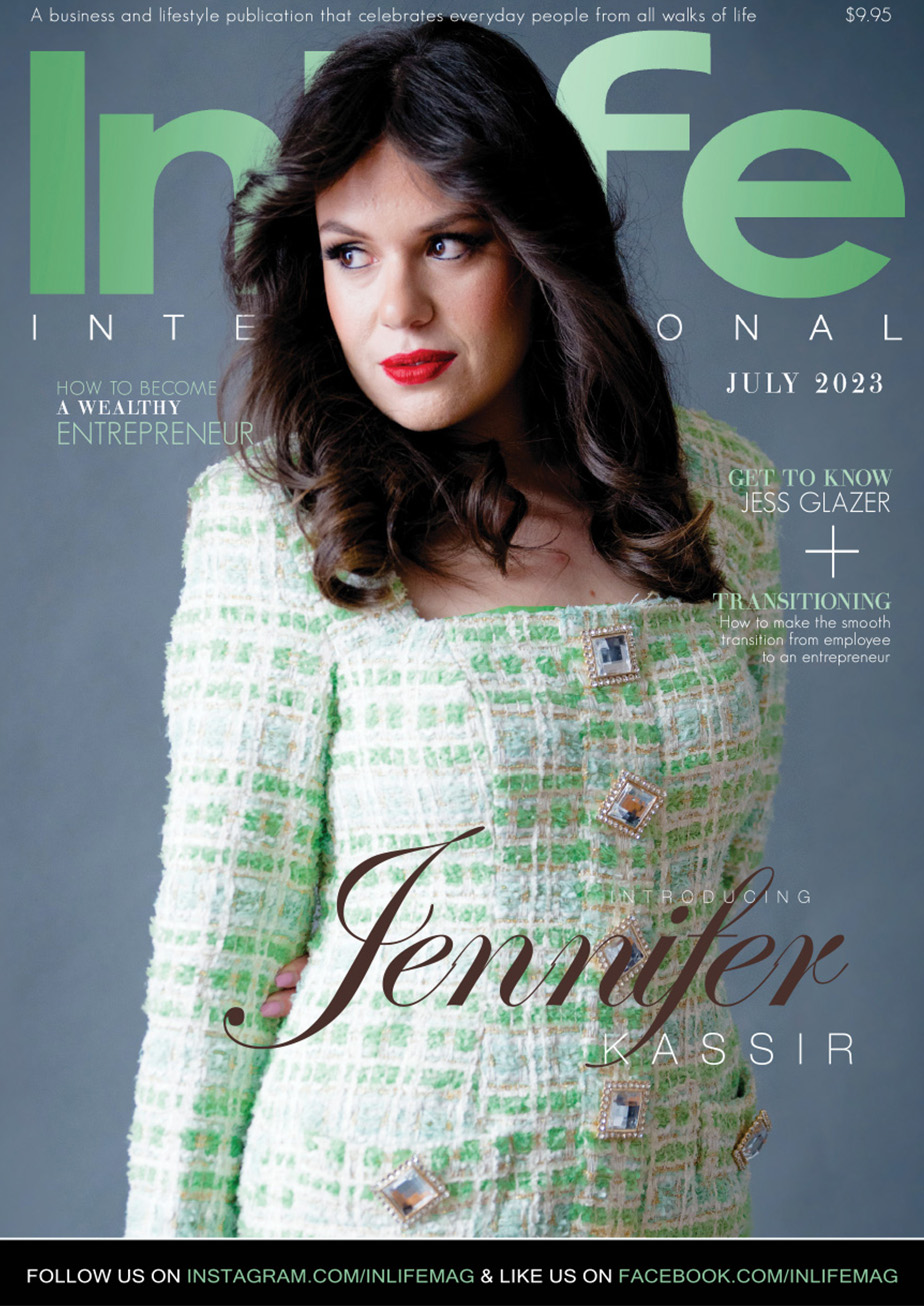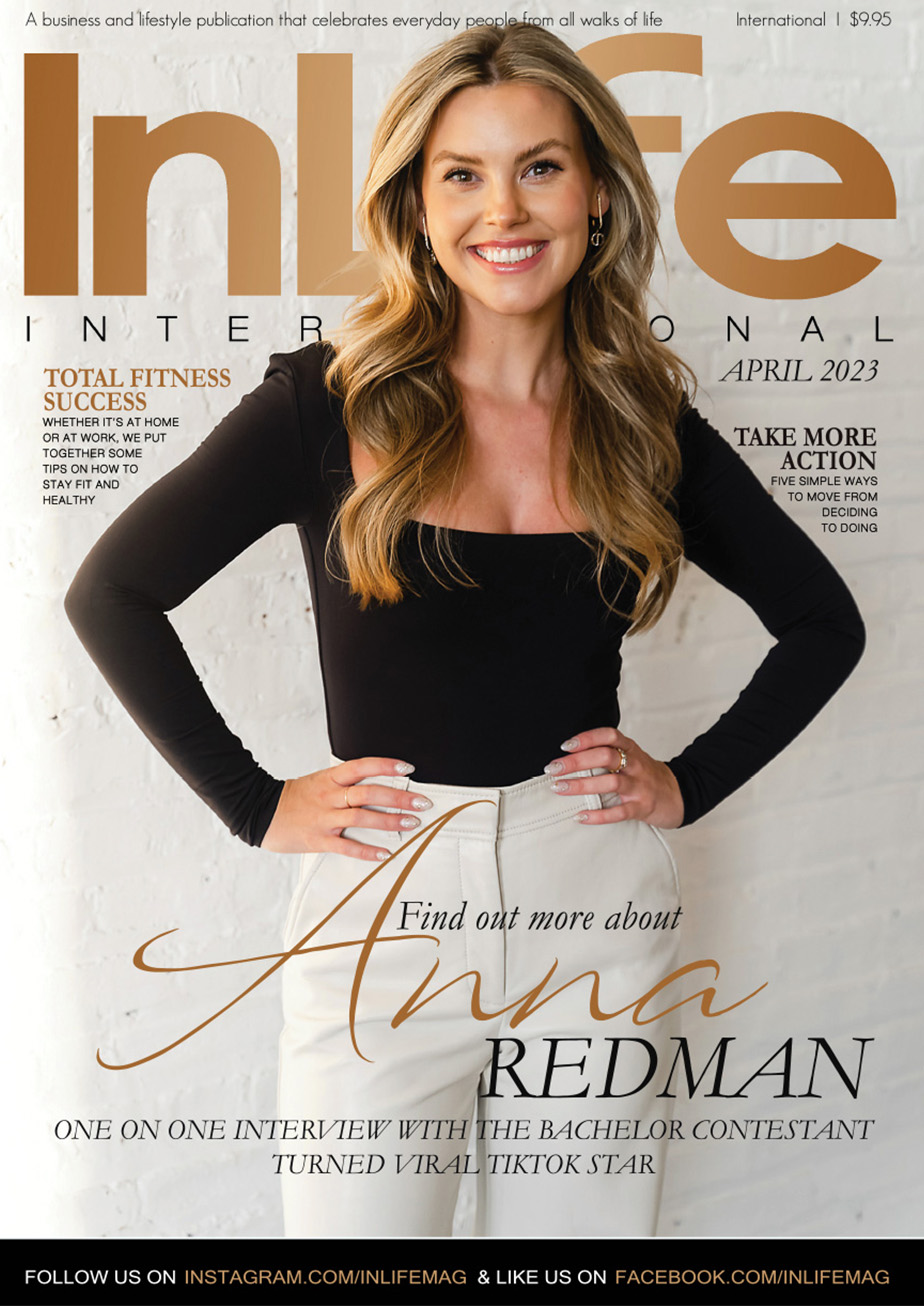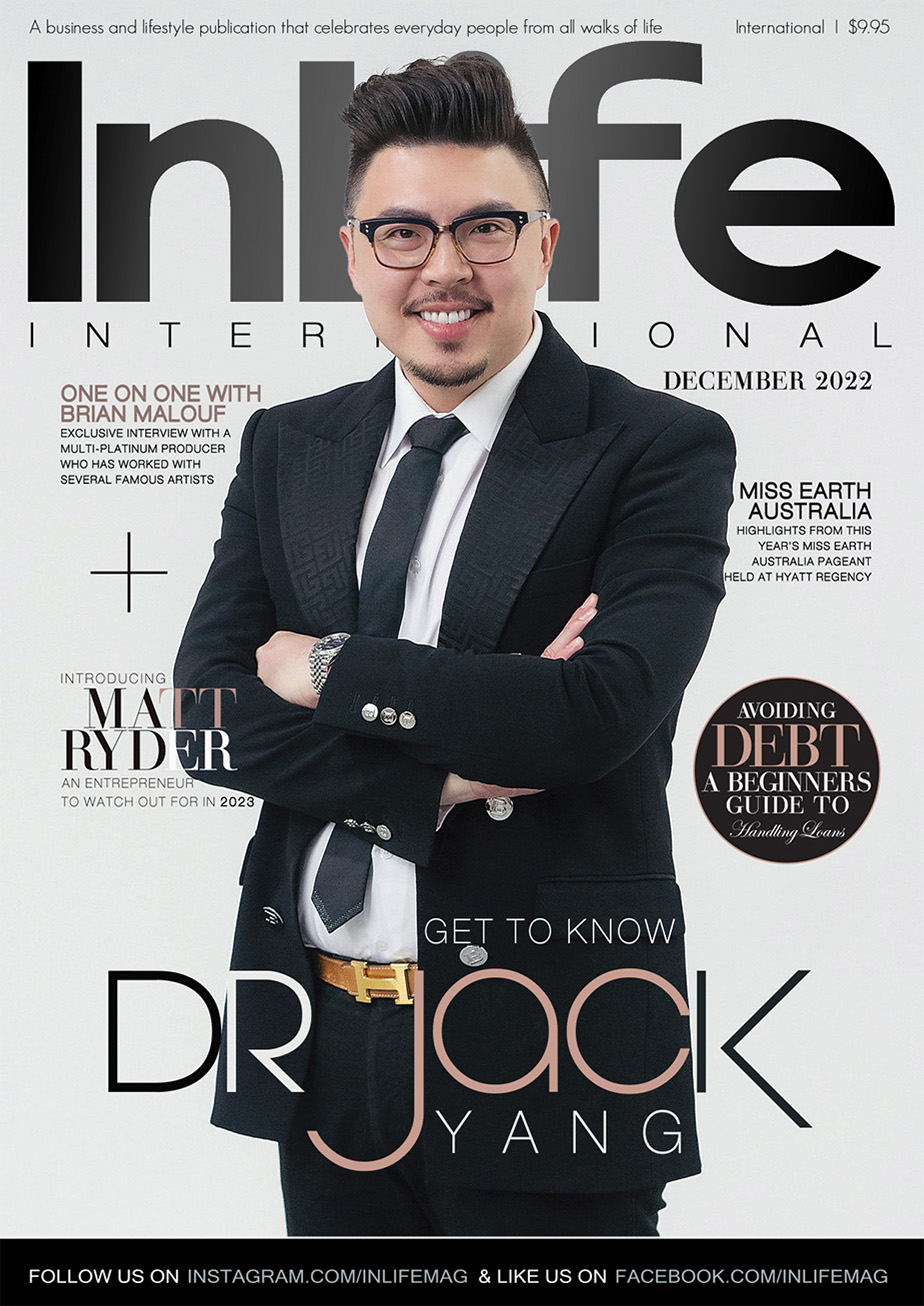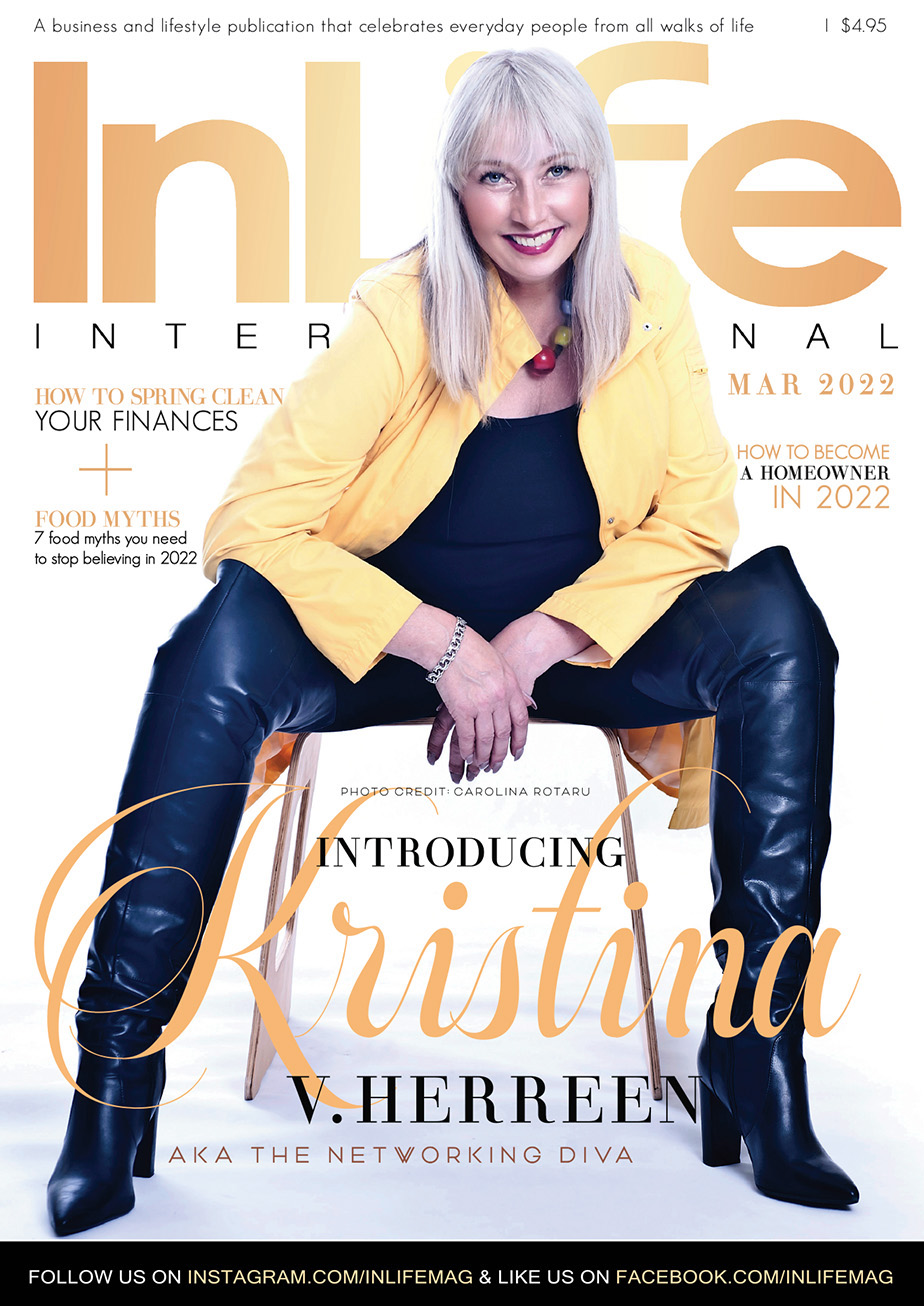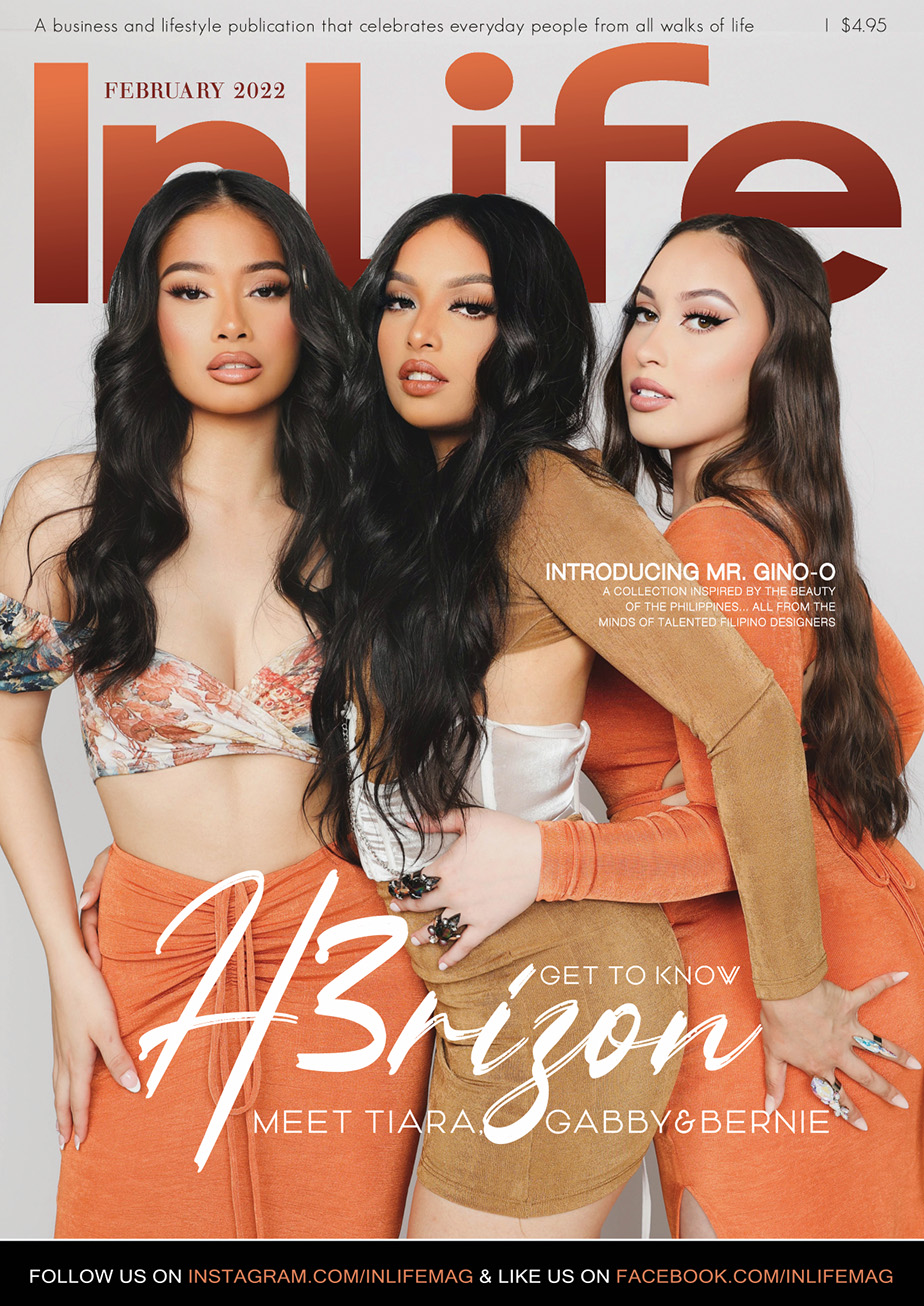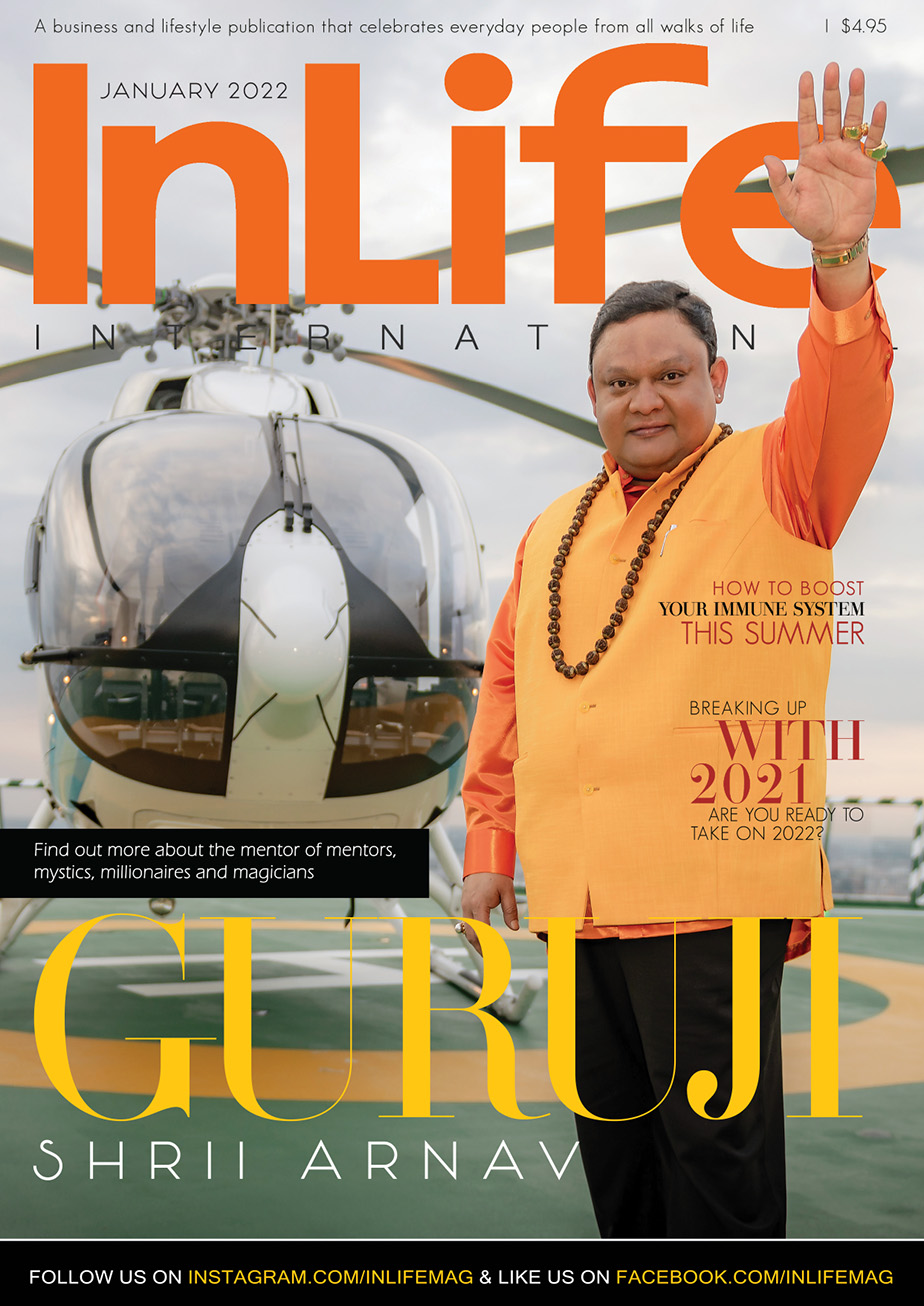Over the years, the attention to increase cultural diversity in the media intensified, especially in the film, entertainment, and news industry. The media’s cultural representation has always been lackluster, and most of the storytellers are of Anglo-Celtic descent and do not reflect most of the Australian population.
News and Current Affairs
A recent Media Diversity report titled “Who gets to tell Australian stories?” highlights that television news and current affairs programs across Australian channels, the majority of commentators and journalists are white.
Their findings illustrate that commentators and reporters are only 13% European heritage, 9.3% non-European, and 2.1% Indigenous background.
It’s not surprising that out of 19,000 news and current affairs stories from Australian regional, metropolitan, and rural television networks, there is a lack of reports covering diverse cultural topics and issues.
The media is Non-European, and Indigenous backgrounds make up 24% of the population. However, only 6 percent of stories, commentators, and journalists are not the outcome, which can be disheartening when convincing the next generation to work in the media.
The ABC and SBS, which are government-subsidized media broadcasters that actively meet the diversity requirements, cannot be said for the commercial news networks (Seven, Nine, and Ten). The private networks are at a standstill when it comes to cultural representation.
Television and Entertainment Industry
When looking at authentic Australian stories in film and television, it is considered a niche compared to the plethora of American movies and television shows that emerged in the media channels. With their grasping Americanised influence infiltrating Australian screen industries and have been speculations, even speculations that Netflix has been shrinking Australia’s film and television industry.
According to Deakin University, hundreds of Australian screen professions (i.e. actors, directors, and productions) have rallied together to protect the local industry from promoting “national cohesion” in the process to give an identity to Australian society.
However, when it comes to analysing cultural diversity in terms of actors and stories, there is a small industry percentage.
A 2016 screen Australia report stated:
- People from European backgrounds (i.e. Greek, Italian, and non-European backgrounds such as Asian, African, or Middle Eastern backgrounds) are significantly underrepresented. Only 6 percent of characters identified as from European backgrounds.
- Only 5 percent of Indigenous people are represented on film and television in Australia.
- Asian actors and roles in film and television in the Australian industry are even fewer than those combined.
Why cultural diversity matter in the media?
Although media cultural representation may be a trivial issue, it’s about the principle of humanising different cultural groups and combatting stereotypes portrayed in the media, and having the next generation feel connected to the character who is of the same background.
The media acts as a vehicle for marginalised cultural and diverse linguistic voices. When they are invisible to society and portray in a particular light, people do not care to understand these marginalised groups, making them feel like outsiders.
It’s also very disheartening to see that news media outlets do not have enough journalists from different backgrounds to understand these stories.
There is a need to be a call to action amongst the Australian television and screen senior decision-makers to implement a systematic change.




